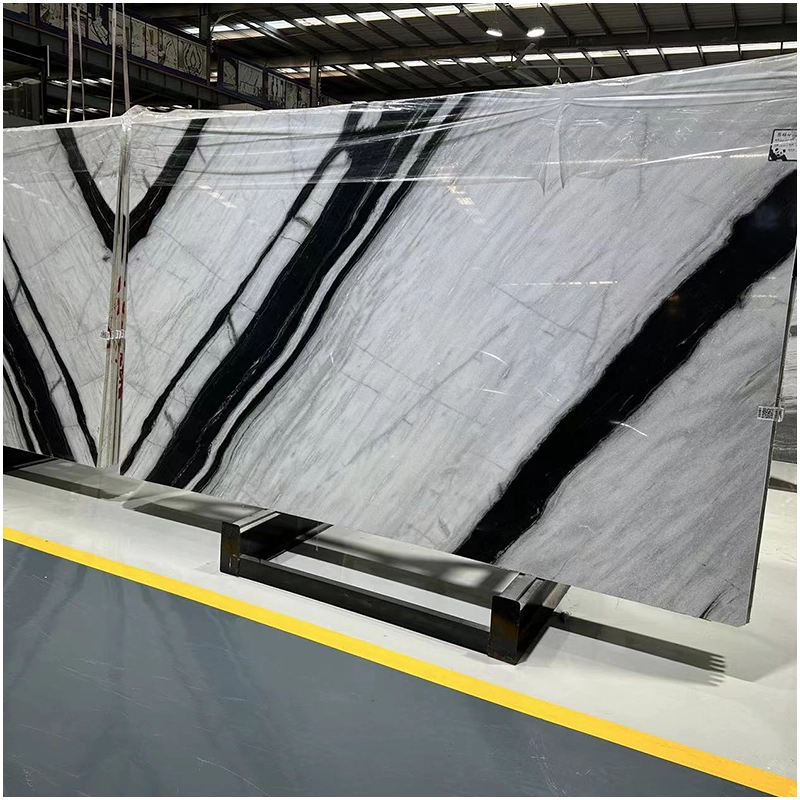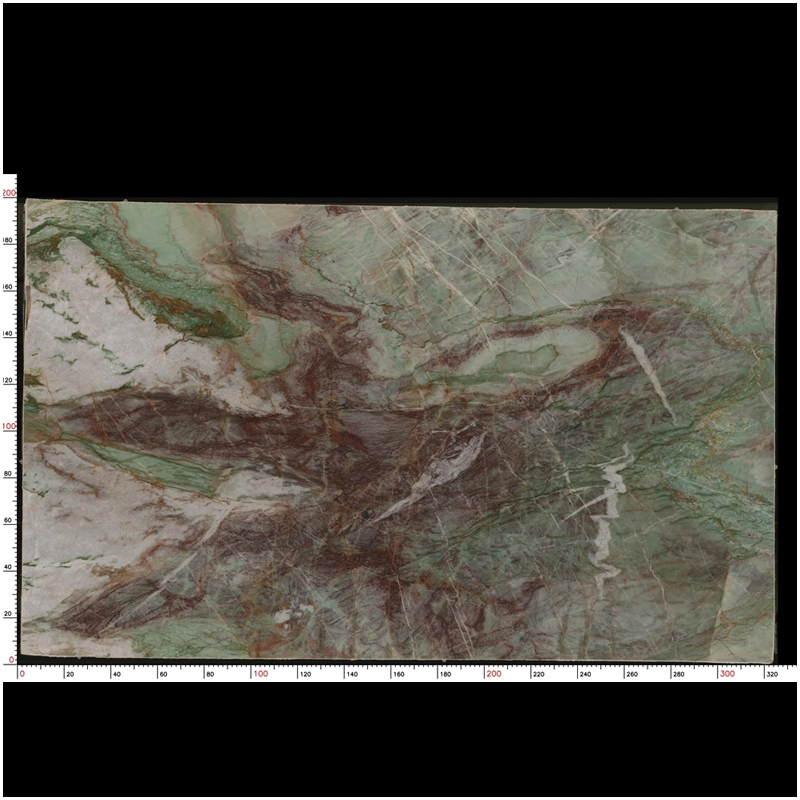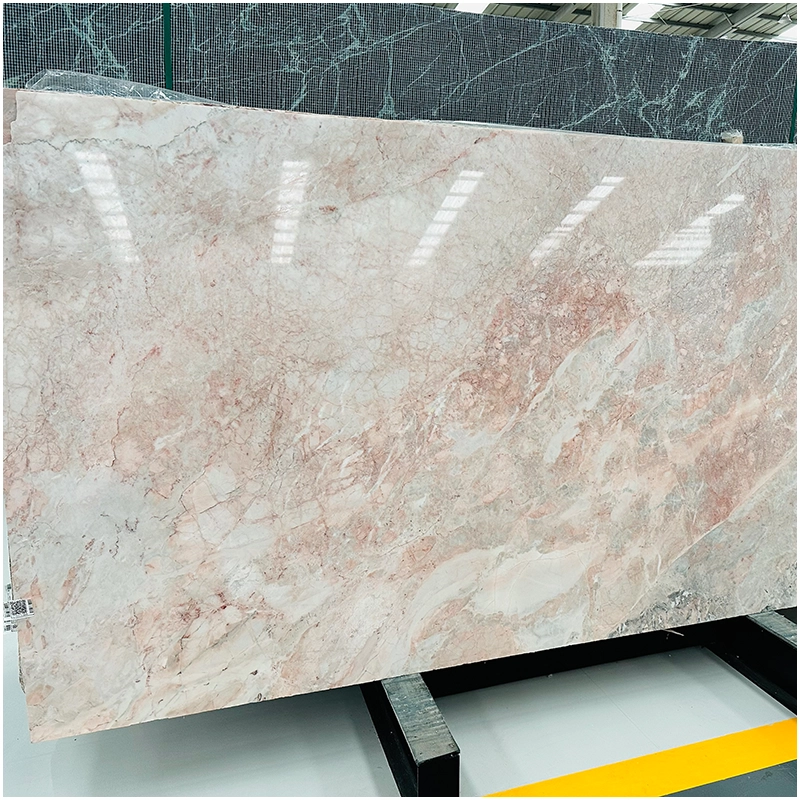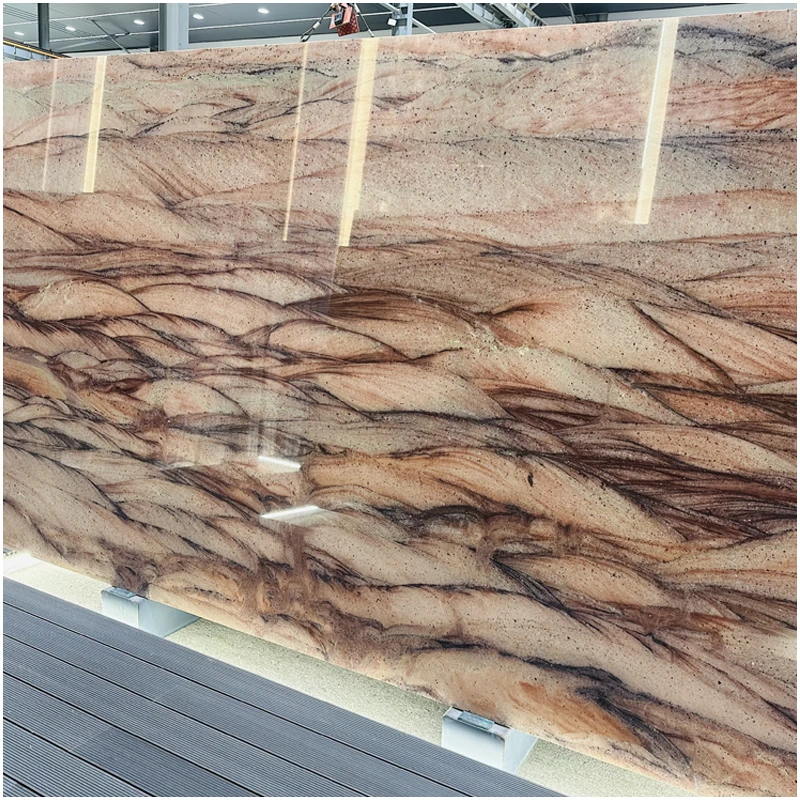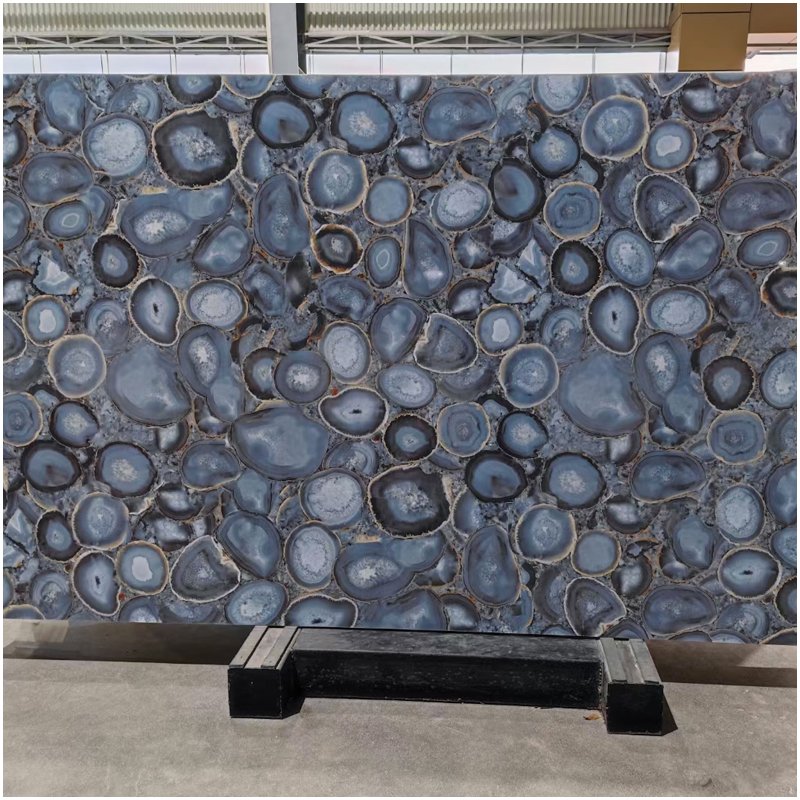Today, the variety of ornamental materials has also gotten varied as people’s needs for home environment are growing more and more exact. Artificial marble has progressively displaced conventional real marble as a decorative material as it is new and offers great performance and design benefits for contemporary décor. Apart from its look, artificial marble provides major benefits in terms of cost, performance, and environmental preservation compared to natural marble.

Main categorization of artificial marble
Various manufacturing techniques and material compositions allow artificial marble to be separated into many forms. First of all, the manufacturing procedure suggests that it may be split into synthetic resin marble and cement-based marble. Mixing resin with real stone powder creates synthetic resin marble by use of high temperature and high pressure. It performs remarkably in waterproof terms and has great compressive strength. Resin’s adaptability at the same time allows its surface to show greater colors and patterns. The other is cement-based marble, produced by means of a specific technique combining cement with natural mineral powder. Often utilized in locations where big expanses need to be placed, this kind of marble is more ecologically friendly with a natural surface texture.
Moreover, depending on the texture, artificial marble may also be split into traditional and contemporary forms. Usually reflecting the patterns of genuine marble, classic textures give people a natural beauty by mimicking the color and texture variations of the stone. Modern textures may include many abstract patterns and color combinations to satisfy the décor demands of modern houses; they also pay greater attention to the feeling of design. The variety of these textures lets fake marble fit many design requirements and aesthetic demands.
The main advantages of artificial marble
The major reflections of artificial marble’s benefits are its great performance and low cost behavior. First of all, imitation marble is often less expensive than genuine marble, which qualifies it as a perfect solution for low-income décor projects. Artificial marble’s manufacture allows one to manage cost and quality, therefore lowering the total building expenses. Second, artificial marble is less prone to fade or discolor over prolonged usage as it has superior wear and corrosion resistance. High frequency of use areas like kitchen counters, bathroom walls and flooring call for this material really well.
Artificial marble does really well for processing as well. Artificial marble may be carved and shaped to fit real demands, unlike true marble which is more rigid in handling. Another great benefit of this material’s flawless splicing performance is that it allows continuous paving over a sizable region free from gaps concern. Moreover, fake marble is quite straightforward to maintain and its surface is not easy for bacterial breeding. It only requires frequent cleaning to remain as brilliant as fresh.
Environmental features of manmade marble
Environmental problems have taken front stage in the fake marble manufacturing process. Modern artificial marble producers like foru are dedicated to utilizing sustainable materials and implementing a set of actions to minimize the effect on the surroundings throughout the manufacturing process. Many firms, for instance, obtain recycled materials as raw materials, therefore lowering waste output in addition to dependency on natural resources. Since most of the raw components of cement-based marble come from natural ores and their usage lessens the bad effects on the environment, the manufacturing process of such materials is quite ecologically benign.
Artificial marble’s surface treatment technique is also continuously developing, which reduces environmental pollution throughout its manufacturing process. For instance, the ecologically friendly colors and non-toxic glue used in contemporary manufacturing techniques help to lower the release of dangerous materials. These steps guarantee customer safety while utilizing the goods in addition to preserving the health of manufacturing employees.
Use of artificial marble in house architecture
Artificial marble is employed extensively in house design as its great performance spans a quite large application range. Artificial marble is a common countertop in the kitchen; its heat-resistant and stain-resistant qualities make it the perfect option. Artificial marble’s waterproof qualities also make it a frequent choice for flooring and walls in the bathroom. Simultaneously, fake marble’s excellent processing qualities allow it to be utilized to create different bespoke furniture and decorations like bathroom cabinets, wash basins, etc.
Moreover, artificial marble is also rather common in the décor of business environments. For high-end decorating in public venues such hotels, workplaces, and retail centers, for instance, fake marble has grown in popularity for its elegant and robust qualities. It can not only improve the general visual impression of the room but also resist high-intensity usage pressure and preserve long-term attractiveness.

With its numerous categories and great performance, artificial marble has become a major component in contemporary decorating. Its benefits in cost, strength, environmental preservation, etc. make it a perfect substitute for genuine marble. From synthetic resin marble to cement-based marble, from traditional textures to current textures, fake marble offers a great range of options that could satisfy various design requirements and aesthetic tastes. As environmental consciousness rises and technology develops, artificial marble’s quality and performance will keep getting better, opening additional opportunities for architectural design and home décor. Understanding these characteristics and advantages helps people make better decisions, thereby improving the beauty, utility, and environmental friendliness of their homes and workplaces.

